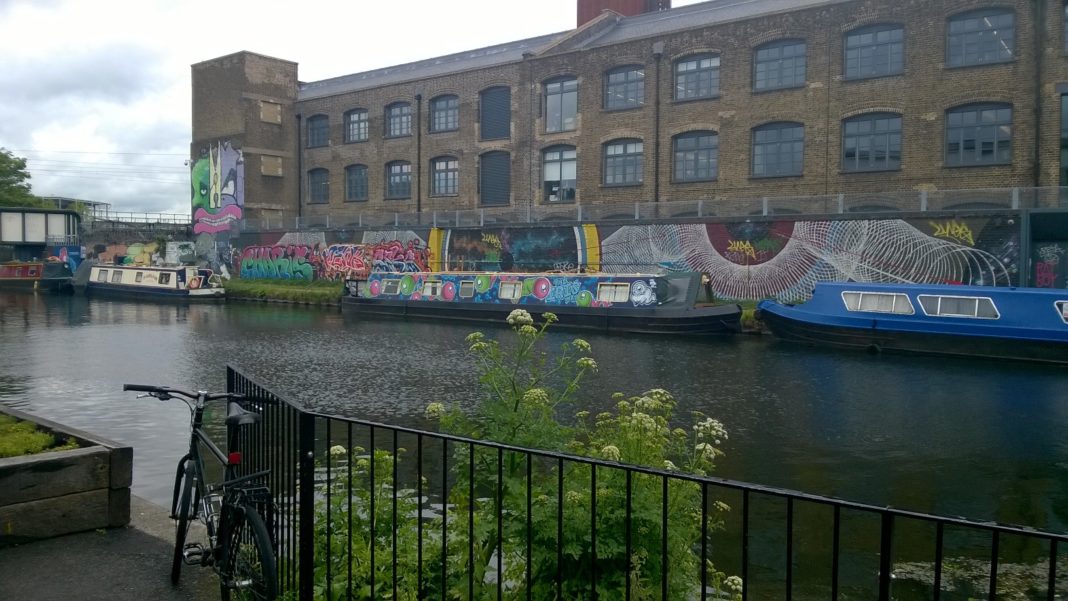If you have ever been to Hackney Wick or Shoreditch, then you’ve probably noticed the graffiti. The brightly coloured, psychedelic artwork around here is well known.
The question that springs to mind though is when does graffiti, or tagging, stop being seen as a public nuisance, and when does it become a work of (street) art?
Most people argue that while street art is constructive and adorns the urban landscape, graffiti tagging is destructive and scars the urban landscape.
It could also be argued that while street art has an audience in mind, graffiti tagging is is just about the tagger and his or her desire to get their name on a building to prove that they simply “exist”. Another requirement for it to be deemed ‘art’ is that it demonstrates artistic skill that has taken years to refine. Whereas graffiti tagging usually just requires the courage to take your can somewhere hard to reach, and possibly dangerous.
Banksy is the best known street artist. His work is worth millions and one of the distinctive things about it is that it poses questions of the public, so as to make people think.
But the market definition would say that if enough people think something is art, and are therefore willing to pay for it, then it is. And it appears that most people think what’s on the walls of Hackney Wick and Shoreditch is just that – art. So head down to both areas to make up your own mind.




